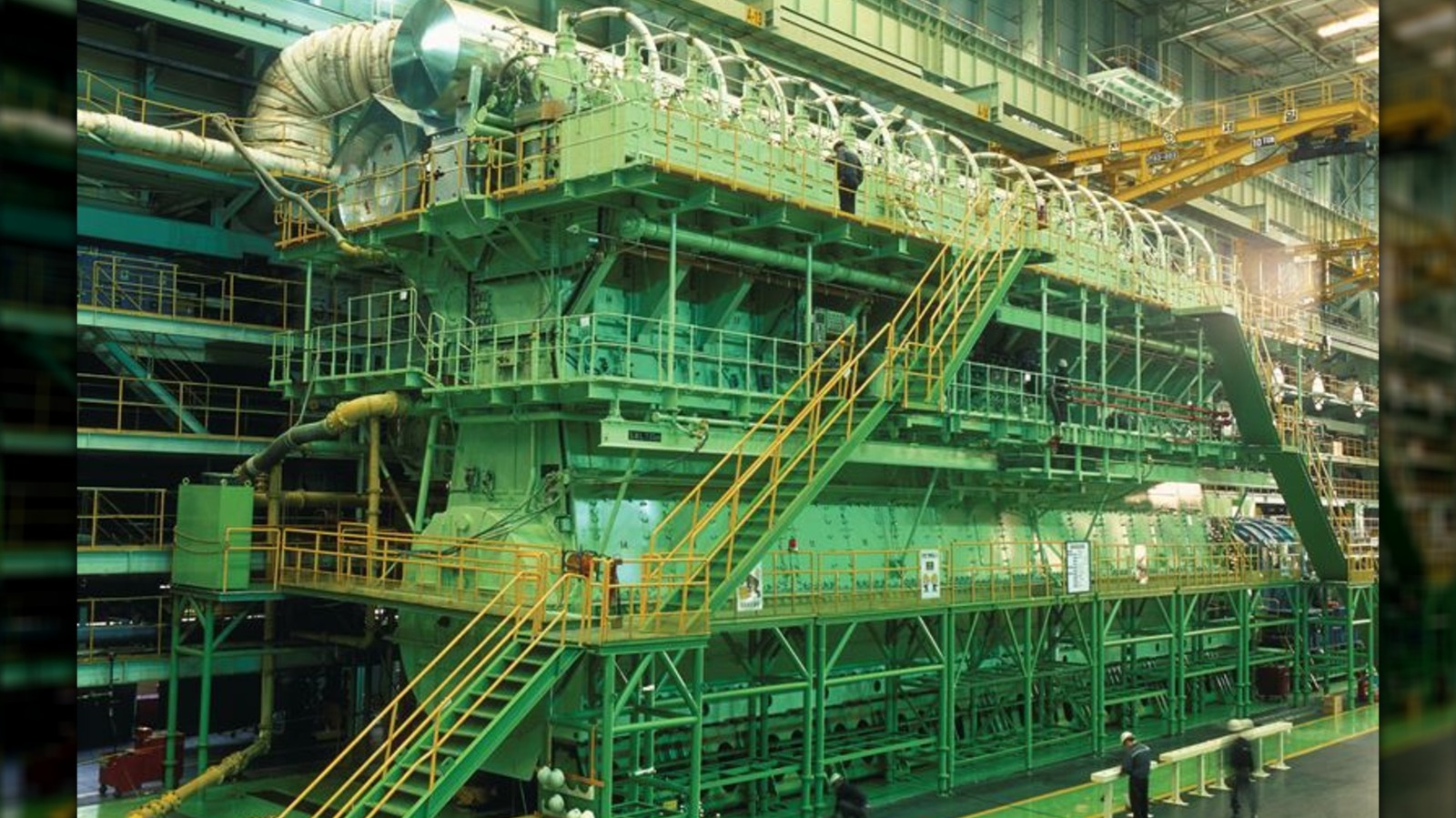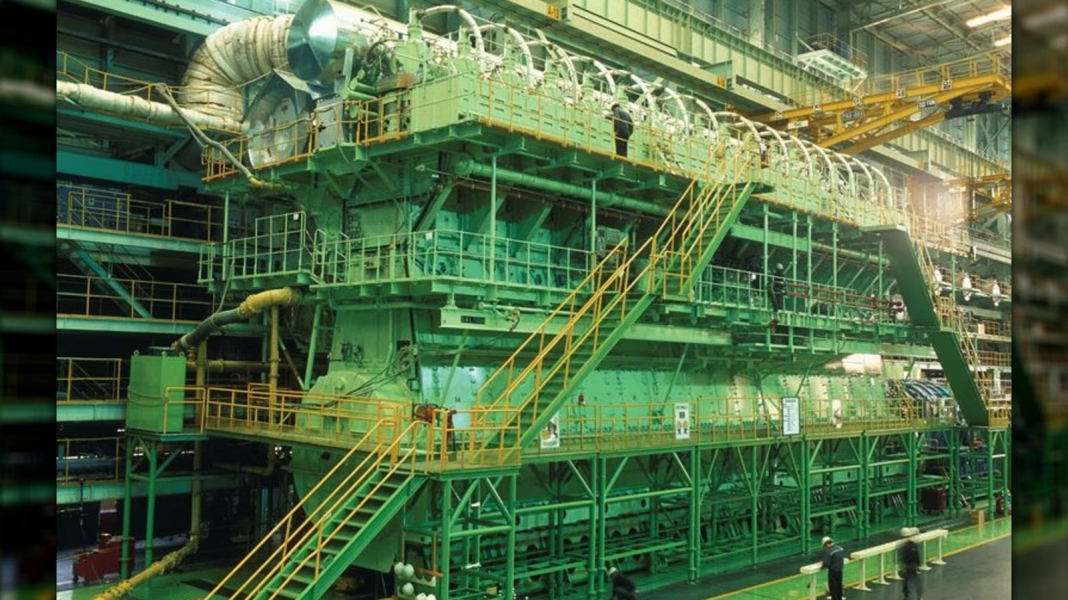What Makes the World’s Most Powerful Piston Engine So Extraordinary?
Imagine an engine so massive that it dwarfs most buildings, an engineering marvel designed to power ships across vast oceans. The world’s most powerful piston engine isn’t just big—it’s a testament to human ambition and ingenuity. Built for the golden age of shipping, this behemoth was created to move cargo on a scale that’s hard to fathom today.
So, what sets it apart? For starters, its sheer size. We’re talking about an engine that stretches longer than a city bus and stands as tall as a two-story house. It’s not just the dimensions that impress; it’s the raw power. This engine could generate tens of thousands of horsepower, enough to push a fully loaded cargo ship through rough seas without breaking a sweat. To put it in perspective, a typical car engine produces around 150 horsepower. This machine? Try more than 100 times that.
But it’s not just about brute force. The engineering behind such a giant is mind-boggling. Every piston, crankshaft, and cylinder had to be meticulously designed to handle the immense stresses involved. The result? Pure magic. Ships powered by these engines could travel farther and faster, revolutionizing global trade in the process.
Why Did Shipping Need Such Gigantic Engines?
Back in the mid-20th century, global trade was booming. The world needed bigger ships to move more goods, more efficiently. Enter the era of supertankers and massive cargo vessels. To keep these giants moving, shipbuilders needed engines that could deliver unprecedented power and reliability.
These engines weren’t just about speed—they were about endurance. Ships would spend weeks, sometimes months, at sea. The engines had to run continuously, often under harsh conditions. Reliability was everything. That’s why engineers pushed the limits, building piston engines that could withstand the test of time and tide.
There’s also a fascinating bit of economics here. Bigger engines meant bigger ships, which meant more cargo per trip. That translated to lower costs and higher profits. For decades, this was the winning formula for shipping companies.
How Much Fuel Does a Monster Like This Consume?
Let’s not sugarcoat it—these engines are thirsty. Really thirsty. At full throttle, the world’s most powerful piston engines could burn through hundreds of tons of fuel every day. That’s enough to make even the most hardened ship captain wince.
To give you an idea, some of these engines would consume as much as 250 tons of heavy fuel oil daily. That’s roughly the weight of 40 adult elephants. The fuel tanks on these ships were colossal, designed to hold enough oil for weeks-long journeys across the world’s oceans.
Of course, all that fuel came at a cost—not just financially, but environmentally. These engines produced massive amounts of emissions, contributing to air pollution and climate change. As awareness of these issues grew, the shipping industry started looking for cleaner, more efficient alternatives.
Why Don’t We See Engines Like This Anymore?
The world has changed, and so has shipping. Today, efficiency and sustainability are the name of the game. Modern ships are powered by engines that are smaller, lighter, and far more fuel-efficient than their piston-powered ancestors. Many new vessels use advanced diesel engines, gas turbines, or even hybrid systems that drastically reduce emissions.
There’s also a regulatory side to the story. International agreements, like those set by the International Maritime Organization (IMO), have imposed strict limits on ship emissions. That’s made it nearly impossible for the old giants to compete. The cost of running such fuel-hungry engines simply doesn’t make sense anymore.
And let’s not forget technology. Advances in materials, computer modeling, and automation have made it possible to build engines that are both powerful and efficient. The days of the world’s most powerful piston engines may be behind us, but their legacy lives on in the ships that keep global commerce moving.
What Lessons Can We Learn from These Engineering Giants?
There’s something awe-inspiring about the world’s most powerful piston engine. It reminds us of a time when bigger really was better, when human ambition knew no bounds. But it also teaches us an important lesson: progress isn’t just about building the biggest or the fastest. It’s about finding smarter, more sustainable ways to solve problems.
Engineers today face a different set of challenges—how to move goods around the world without wrecking the planet. That means rethinking everything from fuel sources to ship design. And while we may never see another engine quite like the old giants, their spirit of innovation lives on.
The big takeaway? Shipping’s evolution isn’t about perfection—it’s about smarter adjustments. Start with one change this week, and you’ll likely spot the difference by month’s end.


